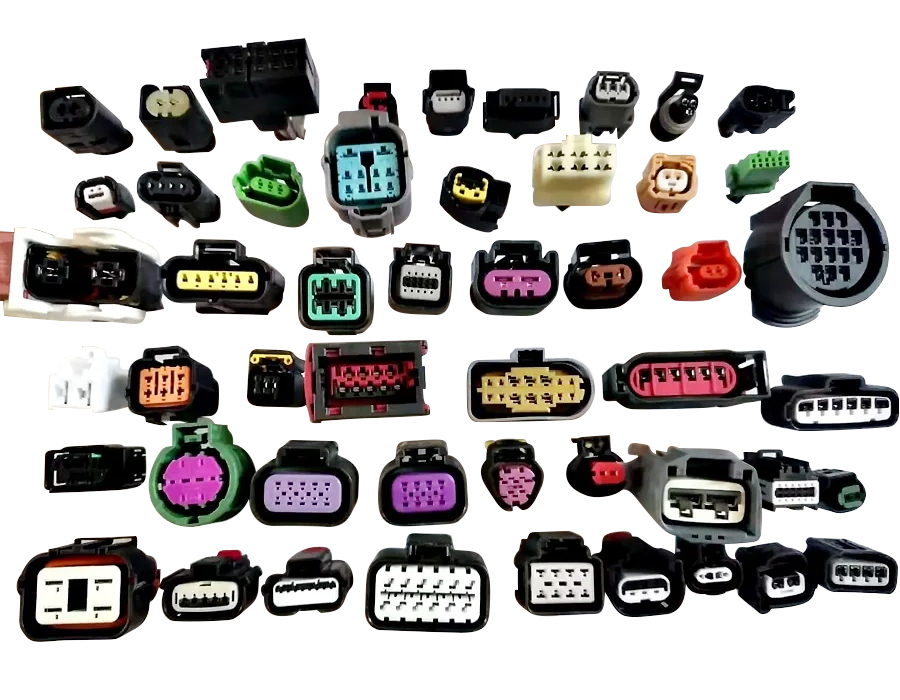Car terminals are used to connect fuses, battery terminals, and vehicle sensors. They are found in cars, trucks, motorcycles, RVS, SUVs and engineering vehicles, as well as electric vehicles.

Today's cars contain about a mile of wire and thousands of electrical connections. These connections power and control the vehicle and its accessories, including safety and infotainment functions. They connect the battery and the vehicle's electrical system to provide efficient power transmission and maintain the integrity of the circuit. They ensure that these connections are strong enough to stay safe even when subjected to harsh environmental conditions such as shock, vibration and extreme temperatures. Automotive terminals can be board-to-board or wire-to-wire connectors, and they come in a variety of styles and various connection types.
Heilind Electronics offers TE Connectivity's wide range of automotive terminals.
Board-to-board (BTB) connectors allow the transmission of signals and power between different components of the vehicle.
Wire-to-wire automotive connectors support the connection of two end wires. They are essential for vehicle maintenance and repair, especially for the repair of the vehicle's electrical system.
Common types of automotive terminals
Application scenario of automobile terminals
Auto terminal selection points
Automotive terminals play an important role in the electrical system, and the correct selection and maintenance help to ensure the reliability of the vehicle electrical system.